Team Mongolia for 1M Climate Actions
We are on a mission to empower 5000 Mongolian teenagers of age 13-19 into climate activists and reach 1 million registered climate actions within 2022.

We are on a mission to empower 5000 Mongolian teenagers of age 13-19 into climate activists and reach 1 million registered climate actions within 2022.


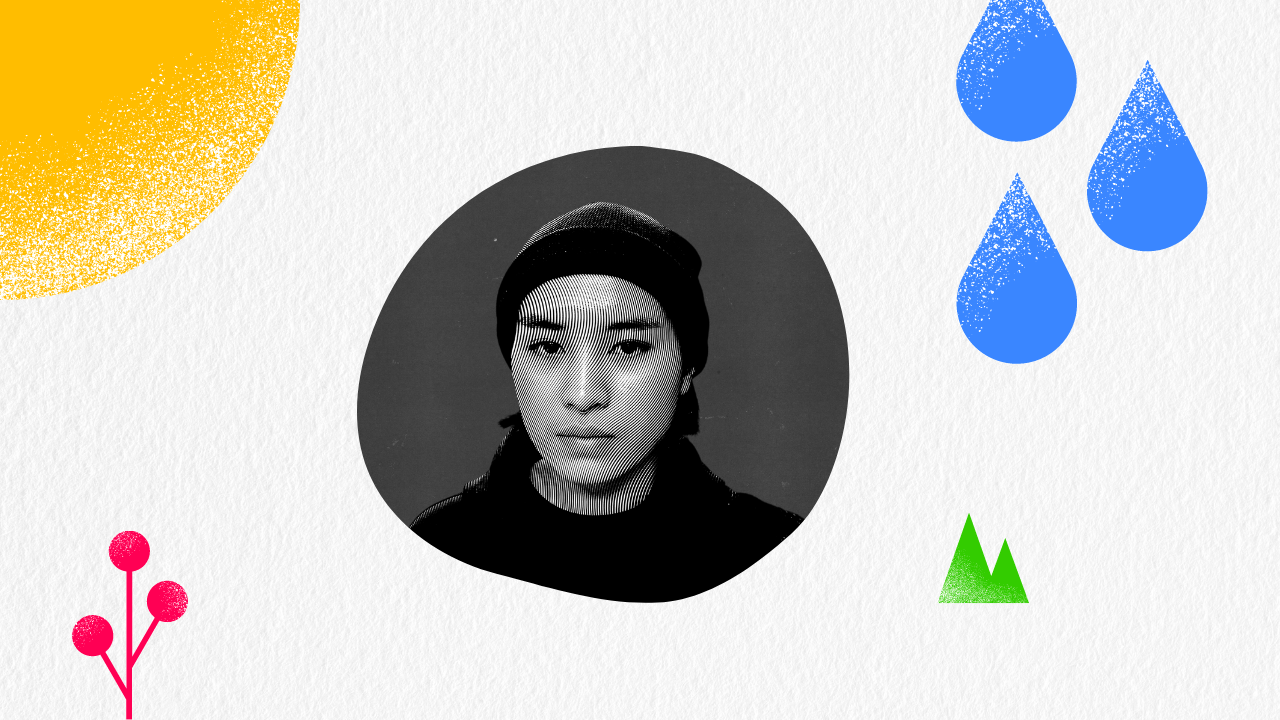
During the Earth Month 2022, we launched our initiative pilot as a month-long climate action challenge targeted for Mongolian teenagers. See below for what we have achieved during the pilot.
9
sectors involved
51K
people reached
32K
actions taken on AWorld

Joy Mongolia called for their teenage audience to join us and take climate action by interviewing some of them on their earth-saving habits in the video below. TsoilogsoZ quizzed their Gen Z community on climate and encouraged them to join us and make history together.
A) In 2020, Mongolia's total fossil CO2 emissions accounted to 88.44 MtCO2 according to the Global Carbon Budget 2021 (retrieved May 05, 2022).
B) According to the Our World in Data calculation on the the same source data, the Global Carbon Budget 2021, Mongolia emitted 0.25% of global CO2 emissions in 2020.
C) Based on our (Green Dot Climate) calculation on the same source data, the Global Carbon Budget 2021, Mongolia was the 42nd biggest fossil CO2 emitter globally in 2020.
A) According to the Our World in Data calculation on the Global Carbon Budget 2021 data, Mongolia's fossil CO2 emissions per capita accounted to 26.98 tCO2 in 2020.
B) Based on our (Green Dot Climate) calculation on Our World in Data based on the Global Carbon Project, Mongolia was the 3rd biggest fossil CO2 emitter per capita globally in 2020.
A) Key messages according to the Climate Risk Profile: Mongolia published by the World Bank Group and the Asian Development Bank in 2021:
• Mongolia has already experienced significant climate changes, with warming of over 2°C and declines in rainfall reported between 1940 and 2015.
• Recent climate changes have led to chronic drought, and increased exposure to secondary impacts such as dust storms.
• Mongolia faces rates of warming far higher than the global average. On the highest future emissions pathway (RCP8.5) average warming could exceed 5°C by the end of the century. Warming in maximum and minimum daily temperatures is expected to be faster than the average rate, potentially amplifying the stress exerted on human health, livelihoods, and ecosystems.
• The intensity of extreme climate-driven hazards including heat wave, drought, and river flood, is expected to increase.
• Mongolia’s unique ecosystems are likely to come under pressure from long-term warming and drying processes, with shifts in species ranges likely, and potential loss of forest cover and associated species.
• Changes in climatic conditions are projected to place further downward pressure on yields of current agricultural crops, particularly wheat, threatening Mongolia’s food security.
• Without concerted disaster risk reduction efforts and support to communities to adapt Mongolia’s poorest communities face significant damage and loss.
• Focus is needed on the interplay between climate changes and current development trends in Mongolia, unplanned development in flood exposed areas and air pollution issues could interact with climate changes to enhance health risks and inequalities.
A) According to the Climate Risk Profile: Mongolia published by the World Bank Group and the Asian Development Bank in 2021, ...Mongolia has engaged closely with international efforts to mitigate climate change and its impacts. In 2016 the nation ratified the Paris Climate Agreement, in 2018 released its Third National Communication to the UNFCCC...
B) Mongolia Second National Communication, 2010
C) Mongolia Initial National Communication, 2001
A) According to the Climate Risk Profile: Mongolia published by the World Bank Group and the Asian Development Bank in 2021, ...[Mongolia] adopted its Updated Nationally Determined Contributions in 2020.
B) Mongolia's Intended Nationally Determined Contribution, 2015
C) Mongolia's First Nationally Determined Contribution, 2016
D) Summary of Mongolia's Updated First Nationally Determined Contribution, 2020 by the Climate Watch
E) According to the analysis on Mongolia's 2016 and 2020 NDCs by the WWF made in January 2021:
Mongolia’s updated NDC was submitted on October 13, 2020. There has been clear progress on defining adaptation measures and the mitigation targets have been increased, although it’s not clear to which extent due to methodological changes. The NDC lacks clear information on finance commitments, participation processes, climate governance structures and a transparent national system to track implementation.
Considering that Mongolia is a lower middle-income country with relatively low total GHG emissions, but high per capita emissions compared to other countries, our analysis concludes that Mongolia’s NDC has Some Way to Go to become the NDC We Want.
Advances
The updated NDC has increased the mitigation target from 14% in relation to BAU to a 22.7% reduction in total emissions (with a conditional target of 27.2%) by 2030. It also presents a carbon budget of 57.4 Mt CO2-eq. by 2030 (compared to a BAU emission of 74.3 Mt CO2-eq. in 2030). However, the baseline calculation was changed, which makes it challenging to assess what this enhancement really means. Clear progress is observed in relation to quantitative targets for the sectors of Energy, Agriculture, Industrial Processes and Product Use (IPPU) and Waste (compared to only for Energy in the previous NDC).
Both NDCs bring clear adaptation objectives and address the co-benefits between adaptation and mitigation measures. The 2020 NDC mentions that a National Adaptation Plan is under development and includes additional sectors to the ones defined in 2015 to reduce risks and vulnerability: biodiversity, public health, livelihoods and social safeguards.
Although no information is provided in the document about a system to track implementation, the NDC Partnership mentions that progress has been made in the establishment of a National Climate Committee and development of an NDC online platform to better track and coordinate implementation activities, improving governance and transparency of climate monitoring and reporting (NDC Partnership, 2020).
Gaps
The main gaps in Mongolia’s updated NDC are related to inclusiveness and participation in the NDC design process and to finance commitments for its implementation. Both NDCs mention that the implementation of the goals is dependent on obtaining access to international support. Although the 2020 climate plan provides estimated costs for implementing mitigation and adaptation measures, it does not give any indication of domestic funds to be allocated for implementing the NDC.
Mongolia did not present details related to participation processes, climate governance mechanisms and a system to track progress of the implementation of policies and projects related to the climate plan. Although the 2015 NDC briefly mentions Ministries that should be engaged, the updated document makes no reference to these and does not provide further details.
F) NDC Checklist: Mongolia Analysis by the WWF
A) According to the Climate Risk Profile: Mongolia published by the World Bank Group and the Asian Development Bank in 2021, ...Key national policy documents include the National Action Plan on Climate Change (2011–2021) and the Green Development Policy (2014–2030)...
B) As we (Green Dot Climate) investigated, the Green Development Policy (2014-2030) is no longer in effect since November 12, 2021.
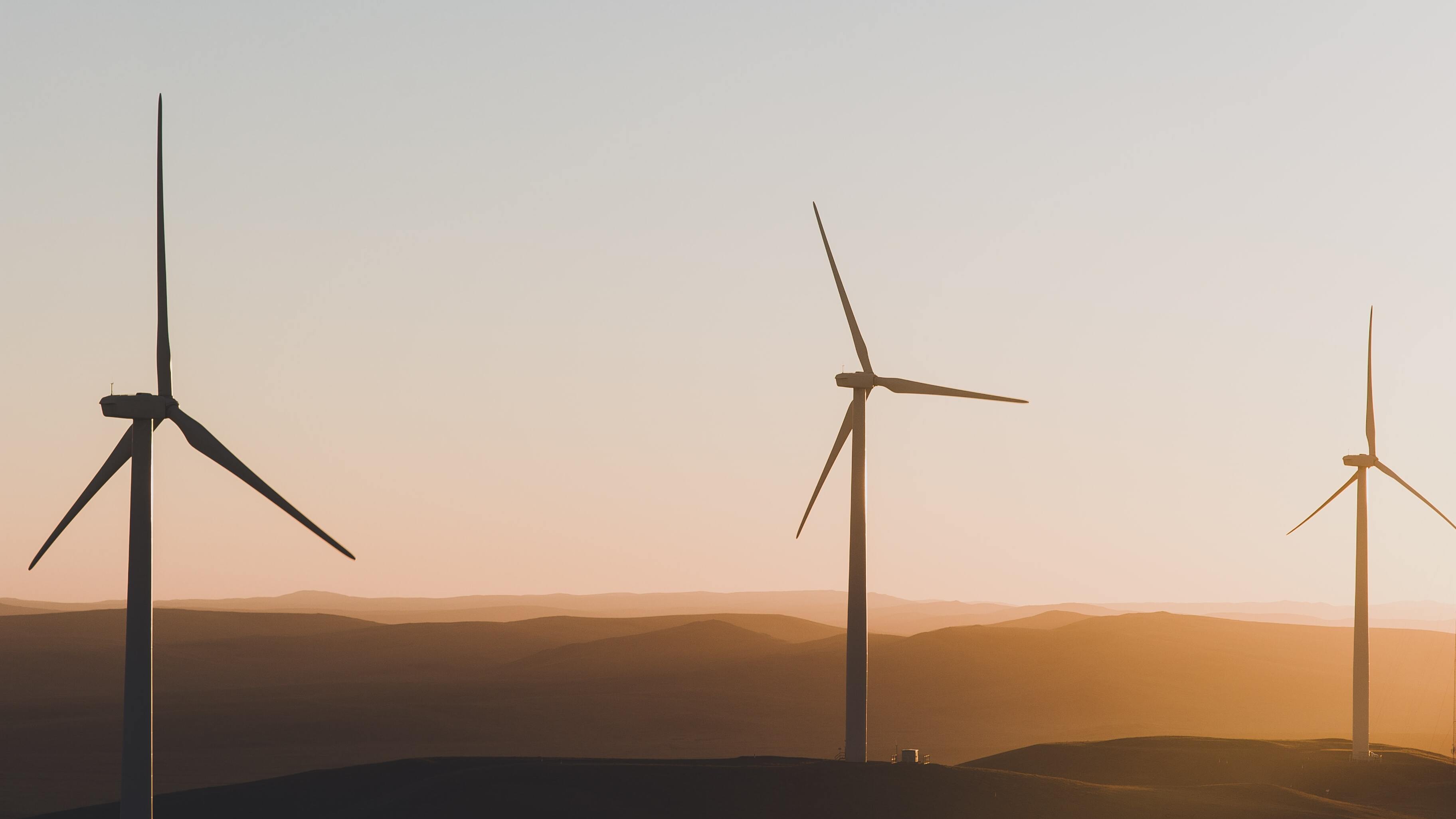
However, according to current plans, the planet is expected to warm by 2.7°C by the end of this century.
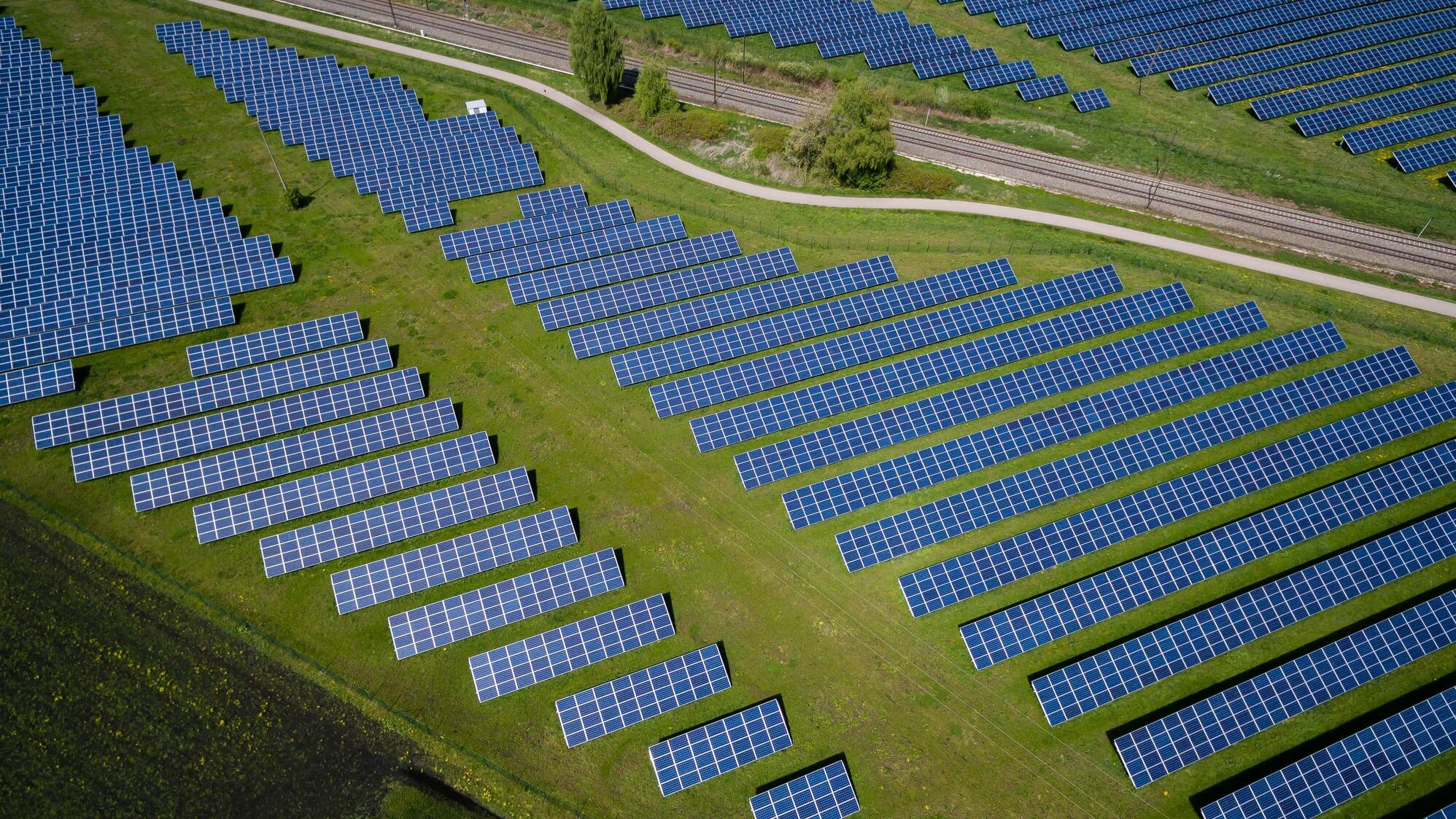
This requires reducing greenhouse gas emissions, adapting to climate change, and financing appropriately.

To do this, countries need to reduce fossil emissions by 6% (currently at 2%) annually between 2020 and 2030.
On the map below, you can see where our pilot has taken us: the capital city Ulaanbaatar and 21 aimags all over Mongolia and beyond.

Ulaanbaatar

Orkhon

Selenge

Ulaanbaatar

Ulaanbaatar

Dornod

Ulaanbaatar

Sukhbaatar

Ulaanbaatar

Ulaanbaatar
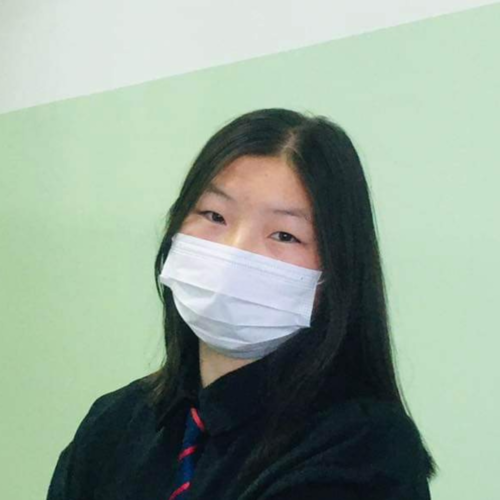
Zavkhan
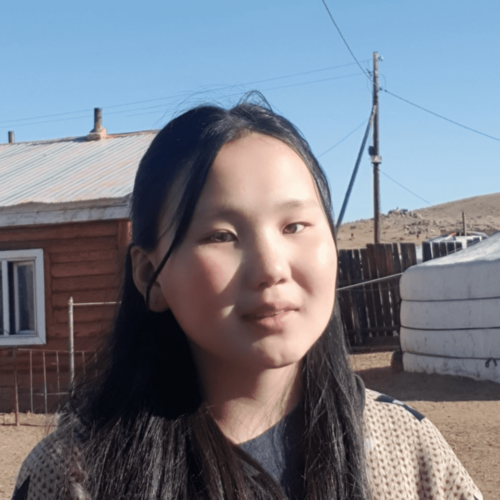
Zavkhan

Ulaanbaatar
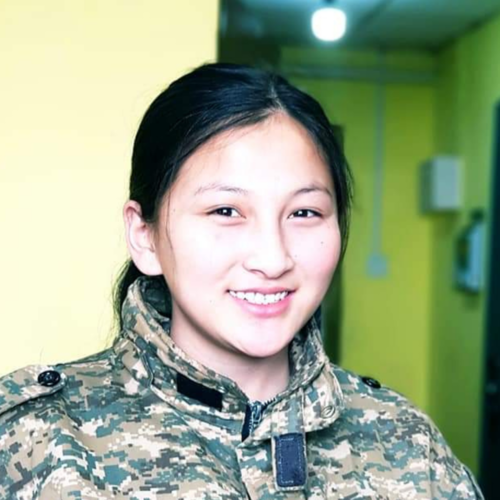
Dornod
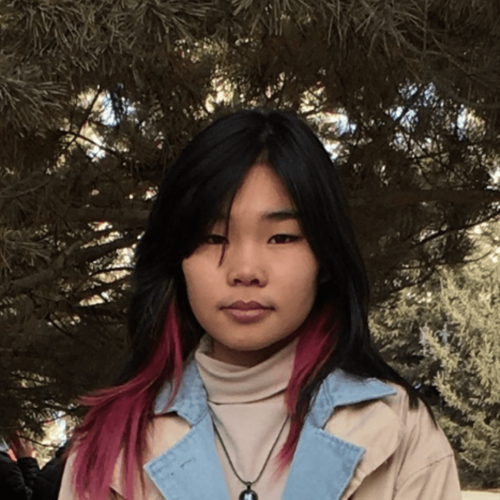
Ulaanbaatar

Ulaanbaatar
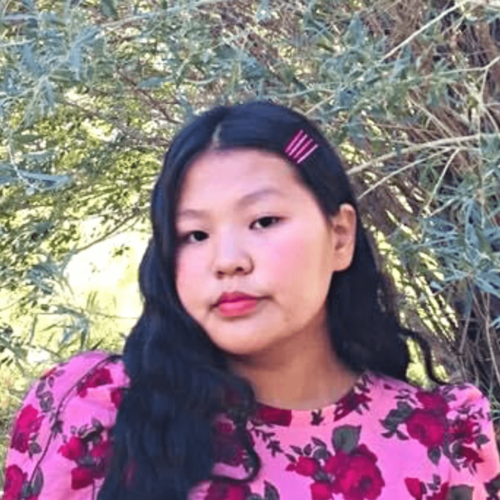
Umnugovi

Khovd

Ulaanbaatar

Ulaanbaatar

Ulaanbaatar
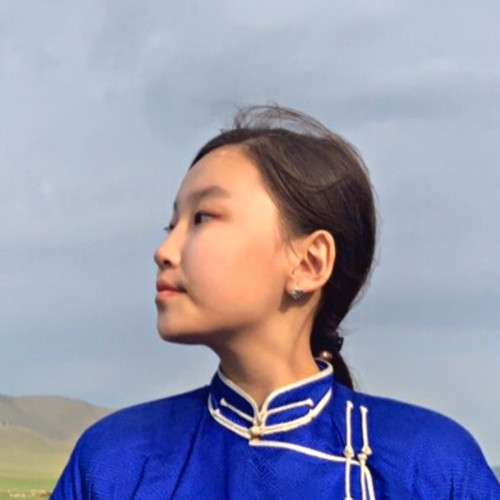
Zavkhan
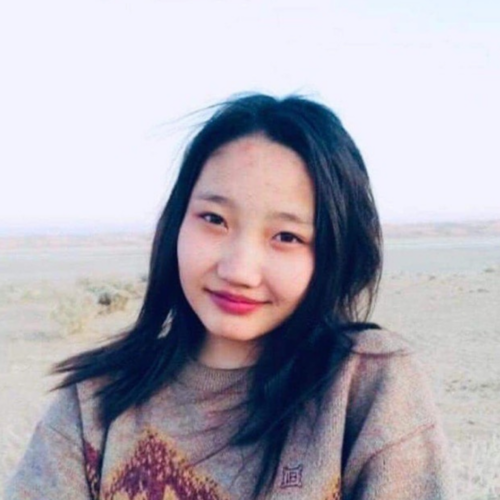
Zavkhan

Ulaanbaatar

Ulaanbaatar
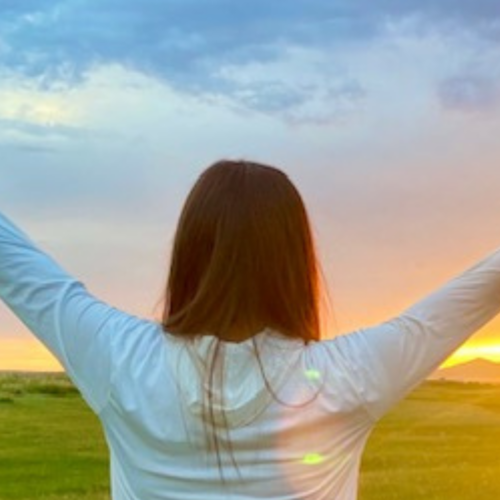
Ulaanbaatar

Khovd

Khovd

Orkhon

Ulaanbaatar

Ulaanbaatar

Sukhbaatar

Ulaanbaatar

Ulaanbaatar

Ulaanbaatar

Dornogovi
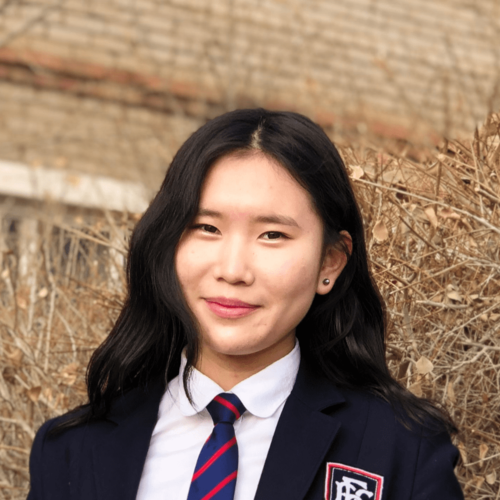
Dundgovi

Ulaanbaatar
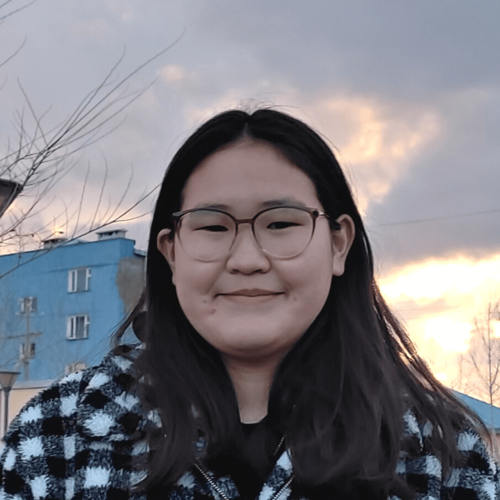
Uvs

Darkhan-Uul

Ulaanbaatar

Khentii
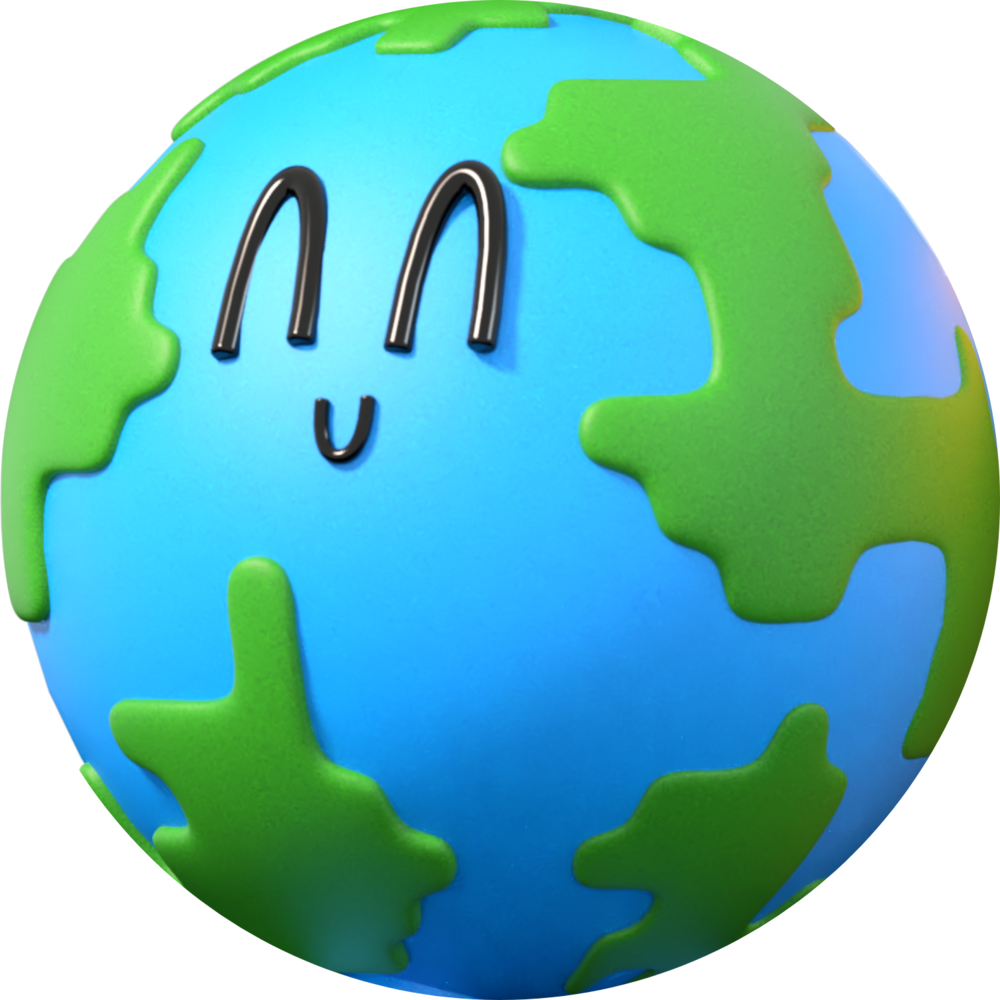
All over Mongolia

Join us here.